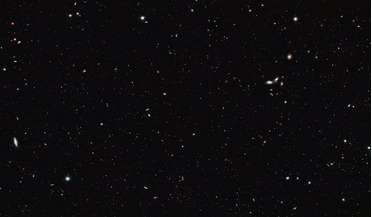 14 October 2016
Observable Universe is populated with 10 times as many galaxies as previously thought
14 October 2016
Observable Universe is populated with 10 times as many galaxies as previously thought
... closer to being answered, as a recent census has reported that there are at least 10 times as many galaxies in the observable Universe as previously thought. Ever since the mid 1990s when Hubble Deep Field images revealed a myriad of faint...
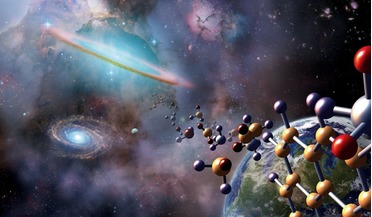 July 2020
Life in the universe – common or not?
July 2020
Life in the universe – common or not?
... (at most) one planet where an abiogenisis event has occurred in a volume equivalent to the observable universe. In our volume of the observable universe, that planet is, of course, Earth. It is widely believed, based on biological and Earth science...
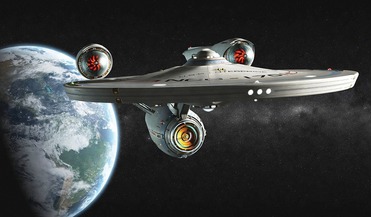 March 2016
Multi-planet Civilizations in Popular Culture
March 2016
Multi-planet Civilizations in Popular Culture
... as a whole does not often like to acknowledge: a single-planet species is ultimately doomed to extinction. Everything in the observable universe tells us that this is a matter of when, not if. Whether it is the asteroid that ended the reign of the...
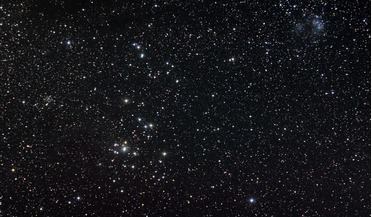 30 November 2018
All of the starlight ever produced calculated by scientists
30 November 2018
All of the starlight ever produced calculated by scientists
... why the sky is dark at night. To calculate all of the starlight ever produced throughout the history of the observable Universe, the team analysed nine years worth of gamma-ray output from 739 blazars – galaxies with monster...
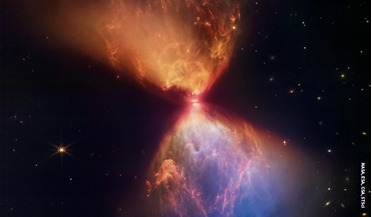 January 2023
Is human space exploration DOOMED?
January 2023
Is human space exploration DOOMED?
... neither expand nor contract. Therefore the Big Bang was experienced not by the whole Universe, but by our own observable universe A fractal universe cannot evolve. This last point is crucial. Using the theory of the Big Bang, let...
 October 2015
From post-humanity to fractals: is human space exploration doomed?
October 2015
From post-humanity to fractals: is human space exploration doomed?
... neither expand nor contract. Therefore the Big Bang was experienced not by the whole Universe, but by our own observable universe. A fractal universe cannot evolve. This last point is crucial. Using the theory of the Big Bang, let...